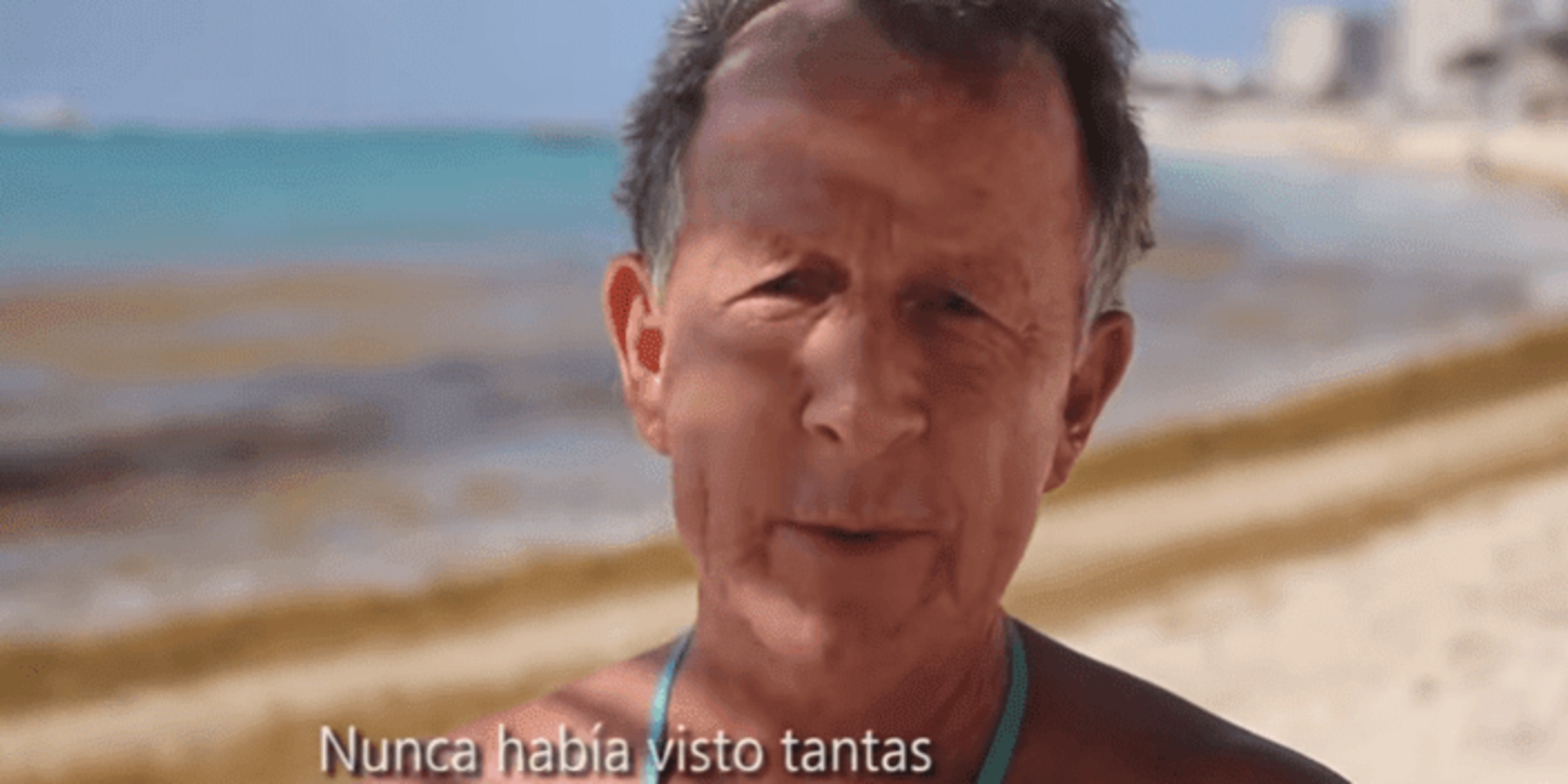
An ex-pat perspective on mainstream tourism repercussions
If you are thinking about coming to Mexico, you will probably have the Caribbean area in mind. Your neighbours or family may have already told you about destinations like Cancun, Playa del Carmen or Tulum, and you must be dreaming about the idea of the perfect holidays in paradise.
“The tourism industry is the main source of income for Mexico, and Riviera Maya the first-holiday destination. Consequently, I moved there looking for a wide range of job opportunities. However, I left for Queretaro after a few years, tired of the hypocrisy of this ferocious sector.”
When I arrived in Playa del Carmen in 2011, my brother had already lived there for some years. During the first months, I had the chance to take a bite of their fancy way of travelling: Luxurious shuttles, all-inclusive resorts and comfy tours. You could breathe the wealth-building in that place. Moreover, everything seemed amazing at first sight: beaches, cenotes, islands, clubs, etc.
Witnessing changes
My first job was as an editor at a local newspaper. There, I learnt how every single thing revolved around tourism. Statistics, hotel occupancy rates or spring break results were always the main topics, even when they were not the most interesting. Since all of the population worked somehow for the tourism industry, the panic started every time the numbers dropped, or a hurricane was about to come. The area was known as one of the safest in Mexico, and no one wanted to put in danger that precious money income.
“It was very common to hear how beautiful and peaceful Playa del Carmen was some years ago, but the truth is that I witnessed many changes during my first years.”
The population increased dramatically just in a few years. Huge hotels started to colonize beaches, eroding them. In addition, locals lost some privileges that were now exclusively for visitors, such as going to certain beaches. It was clear that wild development was damaging the paradise.
Making the situation visible
At the newspaper, I met Carlos Underwood, an intrepid reporter whose expertise was on ecology and environmental topics. He gave me the opportunity of being part of a project that became an awarded documentary: “Erosion”.
“What the team found through interviews with scientists, town chroniclers, politicians, and the old town’s file footages was disheartening.”
While investigating, we realized permissions to build on the seafront were randomly given, causing the disappearance of local beaches. Homes and hotels’ sewage was -and still is- connected directly to the ocean without processing. And Calica, an American mining company, was blowing up a vast jungle area and destroying the habitat of dozens of endangered species. Basically, the local government’s environmental projects shown in newspapers were a bluff. Moreover, scientists were already mentally prepared for the final damage made by mass tourism to the destination. Even when it was in front of their eyes all the time, the local audience was completely shocked by our documentary.
“I’m very sceptical about authorities’ solutions to these issues, but choosing a different way of visiting places will always be in our hands.”
The Yucatan peninsula is a beautiful region, and many parts can still be preserved. Please think twice before choosing a big resort or a fancy hotel boutique. Take a look first at how they show their beachfront on their website and how it really is. Ask yourself how they can get their energy in the middle of the jungle. Are they really eco-hotels? And last but not least, watch my friend’s wonderful documentary (https://www.youtube.com/watch?v=yPMcDB9i4Bc&t=6s )!

